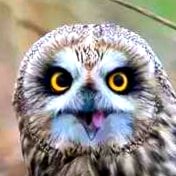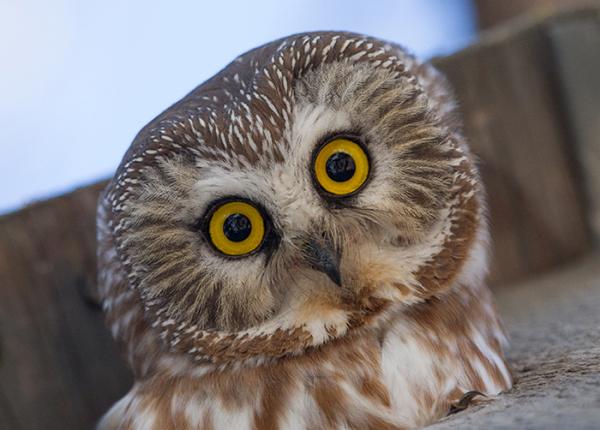From Harold Wilion
Deep, deep in a dark forest in Middle Earth one of nature’s miracles awakens and gets ready to start the night’s hunt from the most gnarly tree l’ve ever photographed an owl in. It wasn’t easy finding my way out of the pitch-dark forest and was prepared to hunker down for the night and defend myself against the creatures that would soon roam.


I really wonder. It would be interesting to set up some kind of simulation forest with different types of owl holes and see which ones are preferred by which types of owl edit: also with different species of tree, and maybe a man made owl-box for control
I found this, which looks to have just been published this year. Thinking about it more since commenting, I did remember one of the owls, I want to say the Dusky Eagle Owl, only nests in swan nests in one particular species of trees, or something along those lines as well.
Roost Selection and Behavior of the Long-eared Owl (asio Otus) Wintering in New Jersey
Also came across this study on GHOs changing roosting height to avoid biting flies. So it seems there is as much going into the thought about where they live as we put into where we choose to spend our time.
This is really cool!
Seems they’re always one step ahead! There’s always something new to learn about these guys. 😉